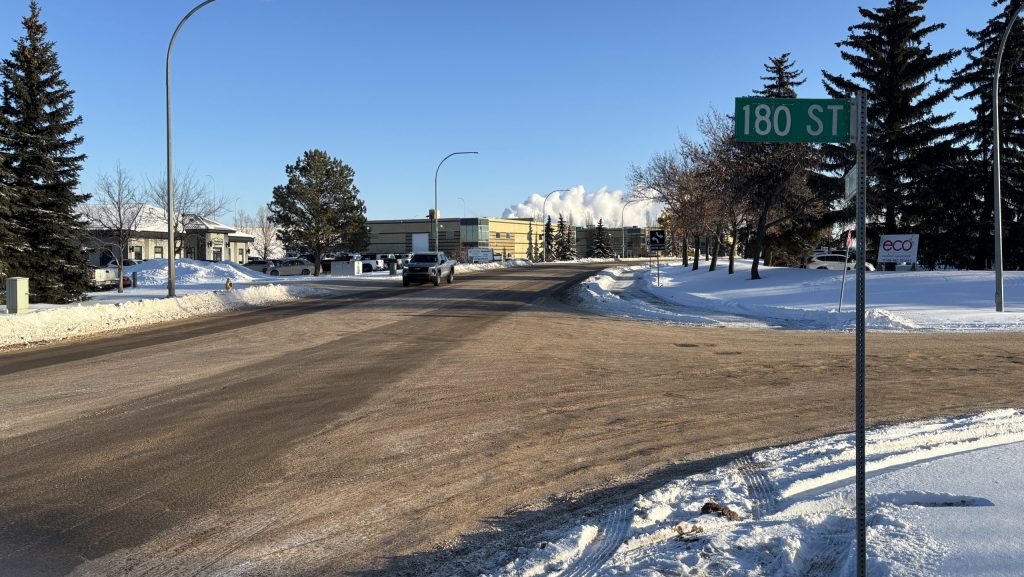Alberta using more ‘travel nurses’ to fill staffing crisis
Posted October 25, 2022 7:44 pm.
As Alberta continues to face challenges in health care staffing, there has been a slight increase in reliance on so-called ‘travel nurses.’
“We’re getting more and more requests all the time,” says Heather Pringle is the CEO of Nurse Relief, an Edmonton-based agency that connects nurses with temporary contracts in several provinces.
The practice of contracting out unfilled shifts to third-party providers is not new, but Pringle has seen an increase in requests in recent years as the pandemic highlighted the nursing staffing crisis.
The majority of the requests continue to be in rural and remote healthcare centres, where it’s harder to recruit and retain staff, however, Pringle has noticed a few more requests coming in for urban hospitals.
This is what has the United Nurses of Alberta concerned, although Alberta Health Services says there has been no significant increase in travel nurses in Edmonton and Calgary.
“The use of agency staff, it’s a band-aid solution,” said Smith who recently heard from members that half of a shift at a hospital just outside of Edmonton is temporary.
Smith believes the use of travel nurses in Edmonton is representative of a larger issue of keeping staff.
“It’s our public dollars that are ultimately paying this because we don’t have the resources to retain and recruit ourselves.”
Smith would like to see more of those shifts filled with her staff. She says that’s a cheaper alternative that would save taxpayers’ money.
Alberta Health Services says as of October 20th, there was 50 agency registered nurses working in Edmonton and 6 in Calgary. But province-wide, there has been an increase.
In a statement, AHS spokesperson Kerry Williams describes the increase “from about 220 in May 2022 to the current 341, but the increase has been almost entirely outside of Edmonton and Calgary where recruitment and retention have historically been more difficult.”
The hourly pay for agency nurses is higher than unionized workers, but without benefits, meaning the nurses need to figure out their own pension, health and dental benefits, sick time, and disability insurance.
“For us, we contract all our nurses out, so they are considered self-employed,” says Pringle.
The CEO of Nurse Relief also noticed an increase in nurses looking for the flexibility of travel nursing, particularly around being able to choose their vacation time.
“In the short term, this is a solution. It gets the nurses wanting to work, they get the instant gratification from the money, and they get their vacation because they won’t schedule themselves.”
But Pringle agrees with UNA something needs to be done to get more nurses in Alberta.
AHS says they are working with the government to build our nursing workforce overall, pointing to recent ratifications of collective agreements with both the UNA and the Alberta Union of Provincial Employees as an example.
“Those agreements have established Rural Capacity Investment funds that will be jointly administered by AHS and the unions to address rural recruitment and retention challenges,” says Williamson.
“In addition, AHS is working with licensing bodies to streamline the licensing process for internationally educated nurses; and working with post-secondary institutions and other programs to add new seats to train more nurses to meet our needs over the long term.”








